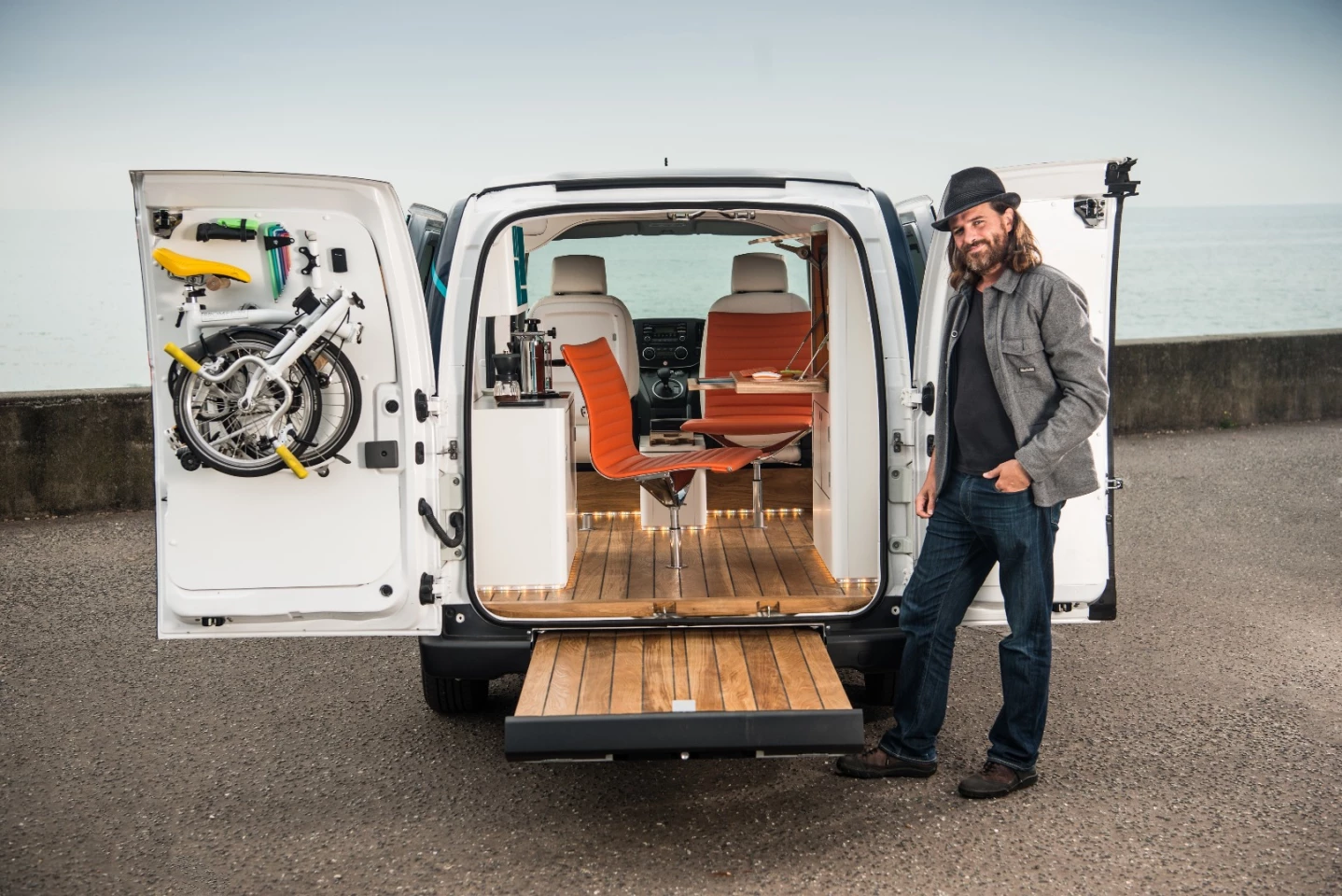Classic Electric Vehicle Conversions and Restorations: Giving Old Cars a New Spark

The gentle purr of a well-tuned engine, the smell of old leather and gasoline… these are the sensations we associate with classic cars. But what if you could keep all that timeless style and swap the gas-guzzling heart for something… quieter? Something cleaner? That’s the magic, and the growing trend, of classic electric vehicle conversions.
Honestly, it’s more than a trend. It’s a revolution happening in garages and workshops worldwide. Enthusiasts are taking beloved icons—from the diminutive Mini to the majestic Jaguar E-Type—and giving them a second life with modern electric powertrains. It’s not about erasing history. It’s about enhancing it for a new era.
Why Go Electric? The Allure of the EV Conversion
Sure, you could do a traditional restoration. But an EV conversion solves some very real problems for classic car owners. Let’s be honest, finding parts for a 50-year-old car can be a nightmare. And then there’s the reliability—or lack thereof.
An electric conversion, well, it changes everything. Here’s the deal:
- Instant Torque and Surprising Performance: Electric motors deliver all their torque immediately. That means a converted classic can often out-accelerate its original gas-powered self. A VW Beetle that zips away from a stoplight? It’s a thing.
- Unmatched Reliability and Lower Maintenance: No more spark plugs, carburetors, oil changes, or complex cooling systems. An EV powertrain has far fewer moving parts. It’s just… simpler.
- Effortless Daily Driving: Imagine a classic car you can actually drive every day. No choking on fumes, no worrying about overheating in traffic. It becomes a usable piece of art.
- Future-Proofing and Sustainability: As emissions regulations tighten and gas prices fluctuate, an electric classic is a smart, sustainable choice. You’re preserving automotive history while embracing its future.
The Heart of the Matter: What’s Actually Involved?
So, what does a typical EV classic car conversion actually entail? It’s a complex dance of old and new. The goal is to make it look like the car rolled out of the factory this way.
Key Components of a Conversion
| Component | What It Is & Why It Matters |
| Electric Motor | The new engine. Choices range from hyper-efficient AC motors to powerful DC motors, often sourced from wrecked modern EVs. |
| Battery Pack | The fuel tank. This is the most expensive part. Modern lithium-ion packs offer the best range and weight, but some use older lead-acid for cost. |
| Motor Controller | The brain. It regulates power from the batteries to the motor, controlling speed and acceleration. |
| Adapter Plate & Coupling | The translator. This custom-machined piece allows the electric motor to connect to the car’s original transmission (if kept). |
| Charger & DC-DC Converter | The support system. The charger refills the battery pack from a wall outlet. The DC-DC converter replaces the alternator, powering the 12V system for lights and radio. |
The process itself is a blend of mechanical skill and electrical wizardry. The old engine, fuel tank, and exhaust system are carefully removed. The new electric motor is mounted, and the battery pack is strategically placed—often where the engine was or split for better weight distribution. It’s a giant, expensive, and incredibly rewarding puzzle.
Choosing Your Candidate: Not Every Classic is a Good Fit
You might think your massive, heavy 1970s land yacht is the perfect candidate. In fact, it’s often the opposite. Lighter cars are generally better. Less weight means you need a smaller, less expensive battery pack to achieve a decent range.
Ideal candidates for a first-time electric classic car project often include:
- Volkswagen Beetle & Bus: Simple, lightweight, and a huge community for support. Probably the most converted classic in the world.
- Classic Mini: Its small size and front-wheel-drive layout make it a nimble and fun EV.
- Porsche 914: Mid-engine design means easy weight distribution for the battery pack.
- Ford Mustang (early models): A large engine bay provides plenty of space for components.
- British Roadsters (MGB, Triumph): Light and simple, though rust can be a major issue to address first.
The Real Talk: Challenges and Considerations
Let’s not sugarcoat it. This isn’t a cheap or easy weekend project. The biggest hurdle, by far, is cost. A professional conversion can easily run between $30,000 and $100,000 on top of the car’s purchase price, with batteries being the single largest expense.
Then there’s the DIY factor. While kits are becoming more available, this is advanced-level work. You’re dealing with high-voltage systems that can be lethal if handled incorrectly. It requires a solid understanding of fabrication, mechanics, and high-voltage electrical systems.
And what about the soul of the car? This is the emotional hurdle. Purists argue that removing the original engine removes the car’s character—its heartbeat. It’s a valid perspective. For converters, the character shifts from the sound and smell to the pure, silent, visceral experience of driving.
The Future is Now, and It’s Beautiful
Despite the challenges, the world of classic car EV restorations is exploding. Small specialist companies are popping up everywhere, offering turn-key conversions or component kits. The technology is getting better and, slowly, more affordable.
We’re seeing incredible creations. Electric restomods that combine vintage bodies with modern suspension, brakes, and interiors, topped off with an EV powertrain. These aren’t just cars; they’re the best of every decade rolled into one stunning package.
In the end, it comes down to a simple idea: love for the automobile. Whether that love is expressed through a perfectly preserved, numbers-matching engine bay or through the quiet hum of an electric motor propelling a timeless design down an open road. The goal is the same—to keep these rolling sculptures alive, relevant, and on the road for generations to come. And that’s a future anyone can look forward to.







